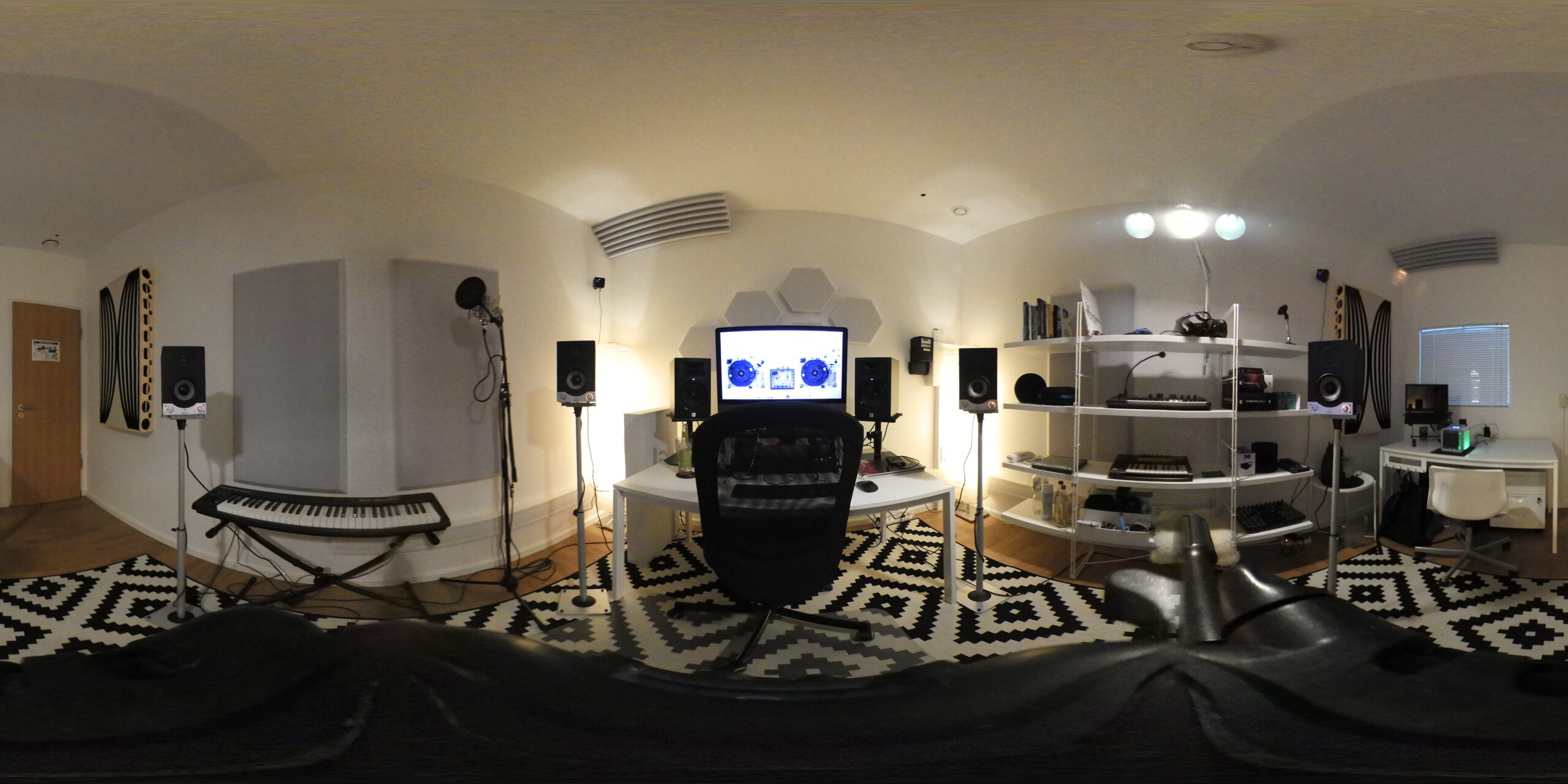Last week I attended the VR Conference 2017 – 3rd Virtual Reality Conference for Journalism & Documentary.
Important to understand, debate, talk about the ways Journalism and Documentary can benefit from the usage of 360 Videos.
Since 360 cameras are becoming more and more popular (you can buy a Ricoh Theta for less than US$ 500 nowadays) and easy to use, Journalism and Documentaries will surely benefit from this 360 way of telling stories.

I’ll talk about Zillah Watson‘s presentation.
Zillah is an English journalist, working with the BBC and responsible for implementing this new way of thinking videos inside the company through the BBC VR Hub.
One of the main issues about 360 Videos nowadays is how to get an audience. It’s a new medium, a new and expensive (yet) way to watch content, and most of the audience isn’t aware on how to search for the good content.
And then, thinking of the audience, which matters the most? Quality or Reach?
On the one hand, think of The Guardian VR material. It’s focused on Quality. Great stories, visual and audio quality, and everything needed to give the audience a great qualified content.
On the other hand, think of Euronews VR. It is about Quantity. It doesn’t matter if the content is amazing or average. They deliver quantity.
And thinking of this dichotomy, which one will have money flowing into?
Quality or quantity experiences?
That totally depends on who’s sponsoring, but right now sponsors are more interested in quality.
Samsung sponsors the NYT VR, Google sponsors The Guardian, but maybe there’s somebody that can sponsor the quantity type. Maybe. It really depends on audience reach.

But, of course, again, there’s nothing much we know about the audience in VR Journalism/Documentary.
So, BBC went out and made some experiments in 16 homes in the UK.
They delivered some Samsung Gear VR for these 16 homes and got some interesting results regarding the regular consumption of VR Videos.
To know:
-Lots of them had never seen anything in VR.
-The majority feels silly with the headset.
-There are low expectations when they see the VR gear, but they expect great content.
-The initial experiences brought amazement, scare, and fun. They watched this Rollercoaster experience and it was something really exciting and scared, but fun in the end.
But then comes a problem…
Where to find great content after this?
None of the researched could have a clue about it.
And it isn’t easy to jump from great content to great content. You need to dig deep and do some thorough search to get it.
But, moving forward, people told they wanted more videos like this and also would also like Learning, Adventure, and Relaxation experiences.
But, still nobody knows where to find them…
-So, discovering content is a problem.
-Also, the User Experience in itself is somewhat problematic. Most of the researched didn’t know how to manage the equipment.
–Hardware was a problem too. Imagine you getting home after a whole day of work, low batteries on the phone, and wanting to connect and watch something. First, you need to wait 1/2 an hour to get your content? That happens!
–Heating was also a problem. Not only the cell phone but the VR gear itself starts to heat up and our forehead starts to sweat.
-And in what occasion is ok to watch VR? Watching TV after work is ok, it is a social interaction with the family. Listening to Podcasts or Radio while commuting is something people do a lot. But when is the right time to experience VR? Does anybody know?
–Physical Space. Where to watch? Do you need lots of space or sitting in the couch is OK? Do this 360 Videos need for you to stand up? Turn to many sides?
–Social Space. Where to put my VR gear and not being afraid of pranks from friends or to look silly with that thing on your head?
–Headset Location. Yes, we always “know” where we’ve put our stuff… but where was it anyways?
–How to search. Since good content isn’t available at only one place, how can I search for more?
–Wifi Speed. Is my Wifi strong and fast enough for downloading content and watch it instantly? Or will it take a long time to access the Videos?
–Nausea. One of the most common problems for people in VR. If you’re not accustomed to it or if the Video has some lag between image and sound, you’ll feel sick.
–Neck Strain. After a long time watching, the weight of the Cardboard will be a problem for you and your neck.
–Disappointing Content. No further explanation needed here.
And the most important question after all:
Shall I bother going back?

After all these questions the emerged during the research, people that create 360 Videos for Journalism and Documentary need to understand one important thing.
It is the content that matters!
And, most of all regarding 360 Videos, we need to think specifically if the content is suitable for VR experiences. If it will be a unique experience to show something in 360. If not, there’s no need to do that. Go back to regular videos and news.
That’s the message.
Content, but above all, great content that can benefit from the usage of VR.
That’s it!
Cheers,
Billy

Deixe um comentário